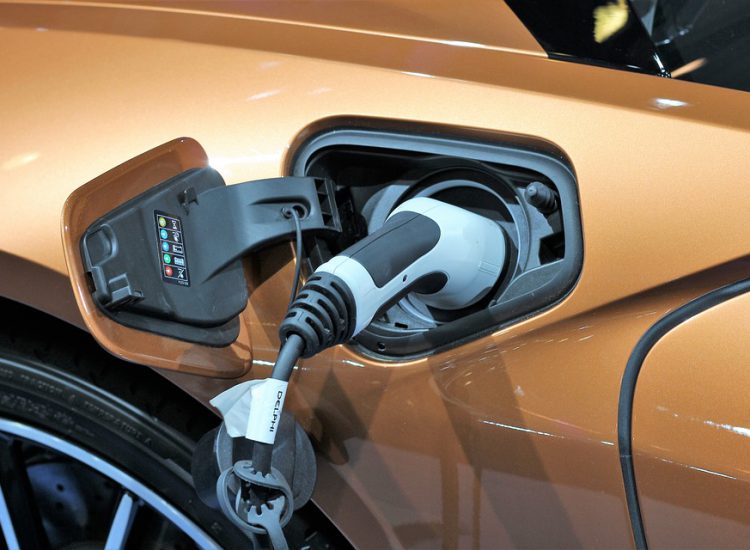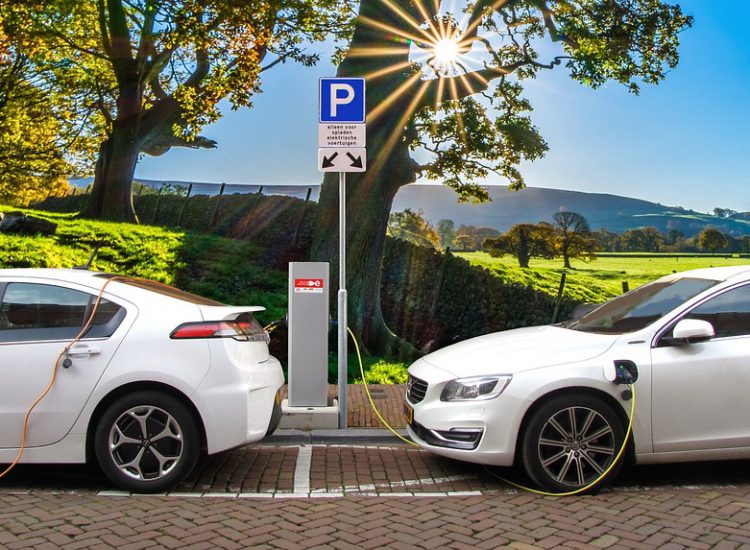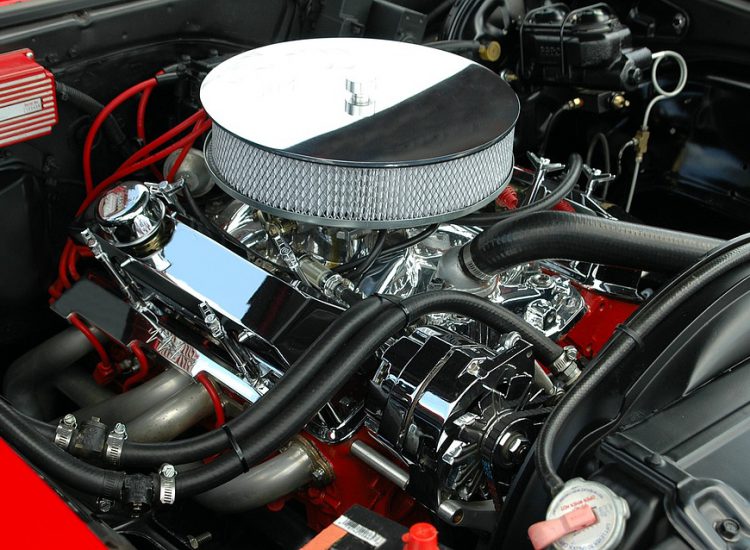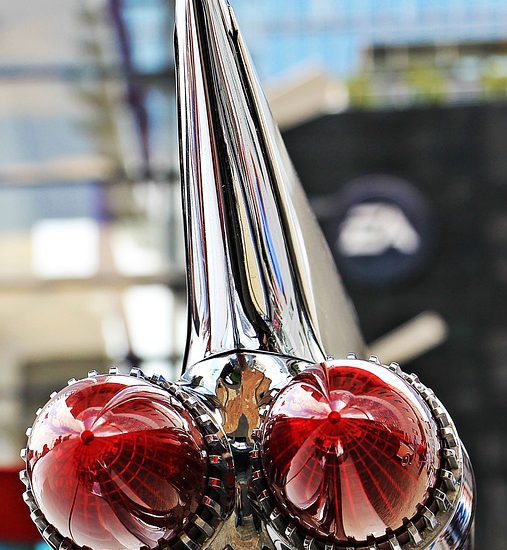The BMW 5 Series was the first model to introduce the controversial “flame” design that divided opinion. However, we’ve always been fans, so we were keen to see if the newer design would hit the spot as well. We think BMW has managed to get it again with a totally dynamic and modern design that keeps the 5 bang modern.
The new 5 Series comes with a suite of EfficientDynamics technologies. There is auto start, perfect gear shift indicator, brake energy regeneration, active aerodynamics and low rolling resistance tires. In addition, an advanced 8-speed automatic transmission with a longer final drive ratio reduces engine revs at highway speeds, helping to achieve great fuel economy.
In the driving realm, BMW has maintained a 50:50 weight distribution, which, along with a front-engined, rear-wheel-drive layout, makes the 5 Series more agile than its competitors. There’s also no reason to expect anything other than the excellent build quality we’re used to.
The latest Series 5 is evolutionary rather than revolutionary, but when you start out so close to perfection that’s not necessarily a bad thing. The 520d ED delivers solid real-world performance while achieving fuel economy that puts many city cars to shame. With a great blend of quality, style, performance and driving entertainment, it remains our favorite executive sedan.
It hasn’t been that long since Mercedes has struggled to get to this point but with a new range of ultra-technical engines that are about to change. Mercedes may have been the slowest of the German manufacturers to bring fuel-efficient models to market, but the results are impressive.
Gone are the days when you could tell the size of a Mercedes engine just by looking at the badge. As an example, the E200d and E220d both share the same 2.0-liter engine. They even have the same compression ratio (an amazing high 15.5:1 since you asked) so the difference in power is more about engine management than old school geometry.
Either engine is more than up to the task of providing a decent pace and since they achieve the same official fuel consumption, the choice will likely come down to budget. It should be noted that you need to stick to the standard 17-inch wheels for best efficiency with larger rims resulting in a significant penalty (up to 10g CO2/km).
To keep the E-Class ahead of the competition, the standard automatic gearbox now has 9 ratios, which goes some way to explaining the excellent official fuel consumption figures. Left to its own devices it will shift to the highest possible gear but you can control things if you feel like pressing thanks to ‘Dynamic Select’ which offers ECO, Comfort, Sport, Sport+ and mix-and-match settings.
The latest E-Class takes the best aspects of the outgoing model but adds state-of-the-art engines and a contemporary interior to keep it fresh. The Mercedes exec has always lagged behind the 5 Series and XF in the driving stakes but now it’s closer than ever which means there’s no longer a default option. Which one you choose will come down to personal taste as they are all executive saloons at the top of their game.
One of the most surprising stories of recent years has been the Jaguar renaissance. In 2008, Tata bought the brand from Ford, who had never considered what to do with the Jag, and made two very important decisions; Jaguar needed to invest, and Tata put a lot of money on the table, but it didn’t need management to get involved.
The XF is the latest confirmation that Tata was absolutely right. Jaguar has never forgotten how to build contemporary executive saloons, and it wasn’t allowed to. The XF takes the battle to the BMW 5 Series, Audi A6 and Mercedes E-Class head-to-head and is the best for it.
Jaguar has invested heavily in integrating aluminum into its production models with impressive results. The newer XF is much lighter than the competition and is only 4% heavier than the smaller XE. Such a radical weight loss diet is much admired by us because it benefits fuel mileage, handling, and performance.
Besides advanced construction materials, the XF also features an all-new Ingenium engine which finally provides Jaguar with a world-class diesel engine. It also contributes to weight loss thanks to more aluminum and its smaller size. At the same time, it is capable of producing impressive power and impressive torque figures that give the Jag agile performance.
There wasn’t much wrong with the way the XF drove or looked, but it didn’t have a truly efficient engine. With this problem now resolutely addressed, the combination of excellent official fuel economy, attractive dynamics, impressively low weight and graceful appearance, makes for a compelling show.
The Lexus GS has graced the pages of the green car guide for a number of years, but thanks to its performance-hybrid approach, Lexus has never really explored the system’s fuel-economy potential, preferring to measure fuel economy against petrol rivals and turn the wick higher than chase diesel numbers and slacken on performance. That’s yet.
The 300h is clearly designed to take the fight to its diesel competitors with its fuel economy, performance and price, all of which emulate the leading German offerings. Lexus has long claimed that its petrol/electric hybrid system can do all that a diesel engine can, and the repost ‘proves’ it. It seems it pays to be careful what you wish for, as on paper, 300 hours is up to the task, and most surprisingly, this includes the list price.
To extract better fuel economy, there have been some big mechanical changes. The petrol engine comes out in a 3.5L and comes with a 2.5 direct injection unit that produces 178 horsepower. This is complemented by a detuned electric motor that produces a further 140 HP giving a very decent total system output of 220 HP. Drive still travels to the rear wheels through a CVT gearbox which is as great as ever for fuel economy and lovely if you’re zipping along.
So Lexus could beat its diesel rivals for pure grunt but what about torque? The gasoline engine can’t even come close, and at 163 lb. at 4200-5400 rpm, it won’t see the way the competition has gone. But as is always the case with hybrid cars, that’s only half the story. The electric motor comes to the rescue again, with an available 221 lb-ft of idle ideally filling the gaps and keeping the GS 300h in the race.
The GS is still nicely finished and arguably better suited to a low-output system as it’s capable of driving rather than a razor sharp. The 300h is no more expensive than its diesel competitors, has competitive fuel economy and thanks to petrol emits less CO2 than diesel, is in the VED B range and attracts lower auto taxes for the company. It also has the advantage of no PM emission and very little nitrogen oxides that diesel competitors need to resort to expensive post-treatment. The GS still isn’t perfect but the 300h is a good enough package to make you think twice before ordering a diesel competitor. Looks like Lexus wasn’t kidding after all, petrol hybrids can really handle diesel engines at their own game.














